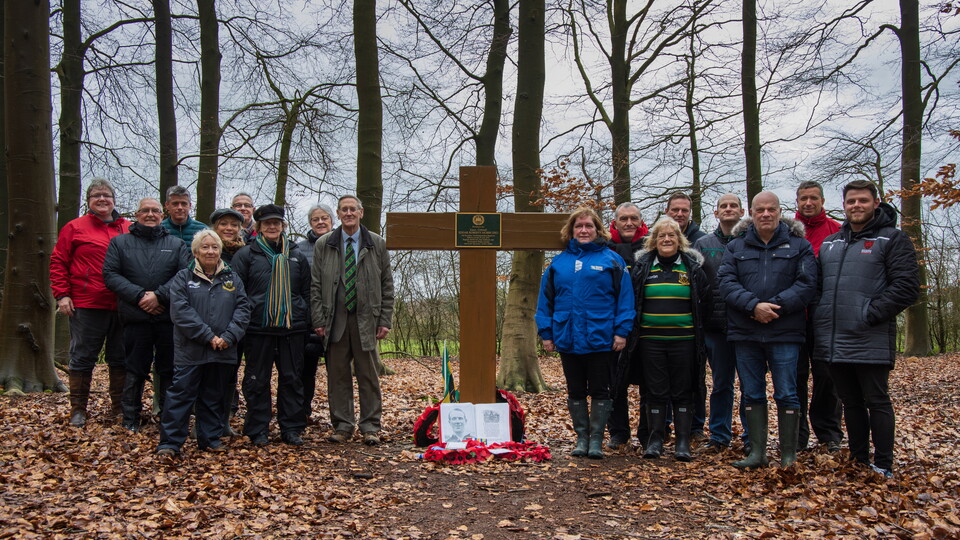Mobbs’ Own Project
Mobbs’ Own Project
Honouring Northampton’s WWI Heroes
Back in 2019, Northampton Saints Foundation proudly announced that it had secured National Lottery Heritage Funding for the Mobbs’ Own Project – a heritage initiative dedicated to uncovering the stories of Saints players and local men who served during the First World War.
The story of heroic Saint Edgar Mobbs #281 has long been celebrated. But alongside Mobbs were around 280 men who joined the fight in World War One. This project set out to uncover more about those men and their lives. The research confirmed that at least 140 men returned home from the war, though the true number is likely closer to 200. The work of this project documented the deaths of 85 members of the Mobbs’ Own during the conflict.
Research and Discovery
With the support of a National Lottery Heritage Fund grant, 20 volunteers worked tirelessly to uncover the untold stories of the battalion. They recorded histories, explored personal backgrounds and achievements, and examined the impact these men had on their local community.
Their research extended beyond Northampton. Volunteers travelled to France and Belgium, accompanied by two experienced military historians – Club Historian Graham McKechnie and Jon Cooksey – to visit battlefields where Saints players fought with various regiments. They paid respects at cemeteries where many of these men now rest.
Inspiring the Next Generation
Recording the history of Northampton and its people is vital to both the community and the Club. Northampton Saints has always been passionate about remembering the individuals who shaped its legacy and brought the Club to where it is today.
As part of the project, Northampton Saints Foundation committed to welcoming 900 schoolchildren for an immersive experience. Each visit included:
- A rugby session with Northampton Saints community coaches
- A stadium tour incorporating the history of Saints and the role Edgar Mobbs and his Battalion played
- A drama session where children learned about Mobbs, the Battalion’s make-up, and their part in World War One
Continuing the Legacy
The Mobbs’ Own Project ensured that the stories of these men – their courage, sacrifice, and connection to Northampton – were preserved for future generations. Through research, education, and remembrance, the project strengthened the bond between the Club and its community.
